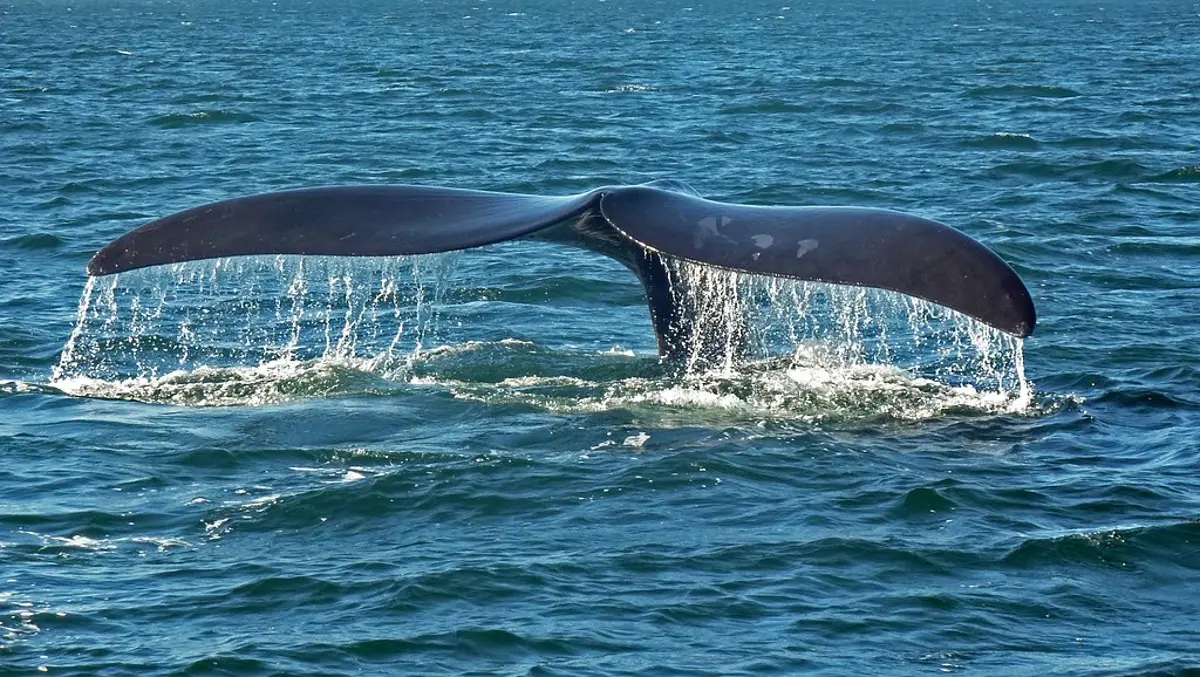
🐳 150 Fin Whales spotted off Antarctica
The first observation of fin whales feeding en masse off Antarctica’s Elephant Island has been documented.
Share this story!
In 1982 commercial whaling was banned after bringing many species to the brink of extinction. Now, that ban has proven useful. A study published in Scientific Reports reports the first scientifically documented observation of fin whales feeding en masse outside of Antarctica’s Elephant Island.
During the 20th century, seeing fin whales in large groups almost never happened due to commercial whaling.
“They were reduced to 1 or 2% of their original population size,” Dr. Helena Herr, study lead author and University of Hamburg marine mammal ecologist, said according to The Guardian. “We’re talking about a couple of thousand animals left for the whole southern hemisphere area.”
“[If] you enforce management and conservation, there are chances for species to recover,” Herr told The New York Times.
And they have recovered. During 2018 and 2019 Herr and her team did two expeditions to Antarctica and they observed more than 100 different groupings of fin whales. According to the New York Times, each group consisted of one to four whales. Eight times, the team recorded that the number of whales reached 150 individuals.
“I’d never seen so many whales in one place before and was absolutely fascinated watching these massive groups feed,” study co-author and biologist Professor Bettina Meyer of the Alfred Wegener Institute, Helmholtz Centre for Polar and Marine Research (AWI), the University of Oldenburg and the Helmholtz Institute for Functional Marine Biodiversity, said in an AWI press release.
Researchers don’t know exactly how many fin whales exist in Antarctica but their comback is great news for their ecosystem as well as the climate. New York Times explained why: “when whales feed on krill, they release the iron in the animals back into the ocean. This, in turn, encourages the growth of phytoplankton, which both absorb carbon dioxide and form the basis of the marine food web.”
“In times of climate change, biodiversity loss and species extinction, the recovery of a large whale population is not only a glimpse of hope; it is also likely to have a stimulating effect on primary production in the Southern Ocean, enhancing CO2 uptake and carbon sink capacities,” the study authors wrote.
Picture: ZME Science
By becoming a premium supporter, you help in the creation and sharing of fact-based optimistic news all over the world.


